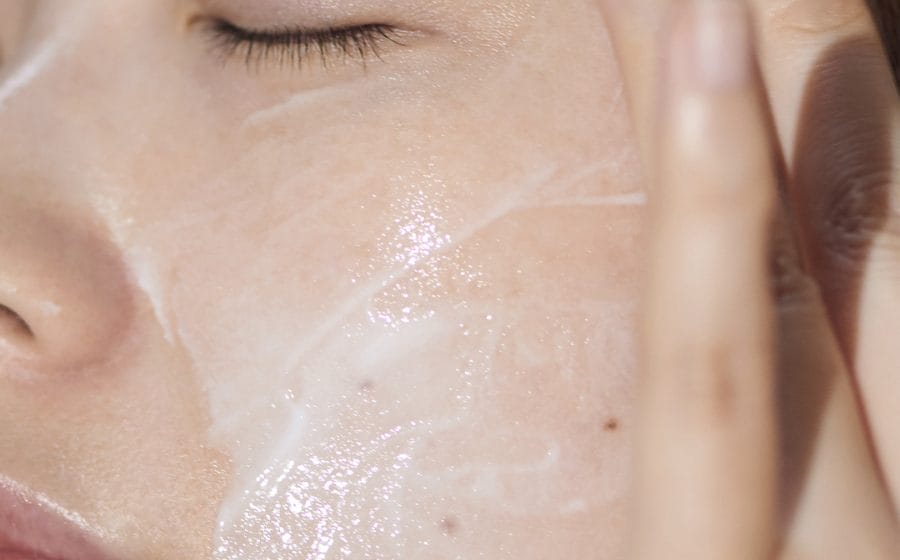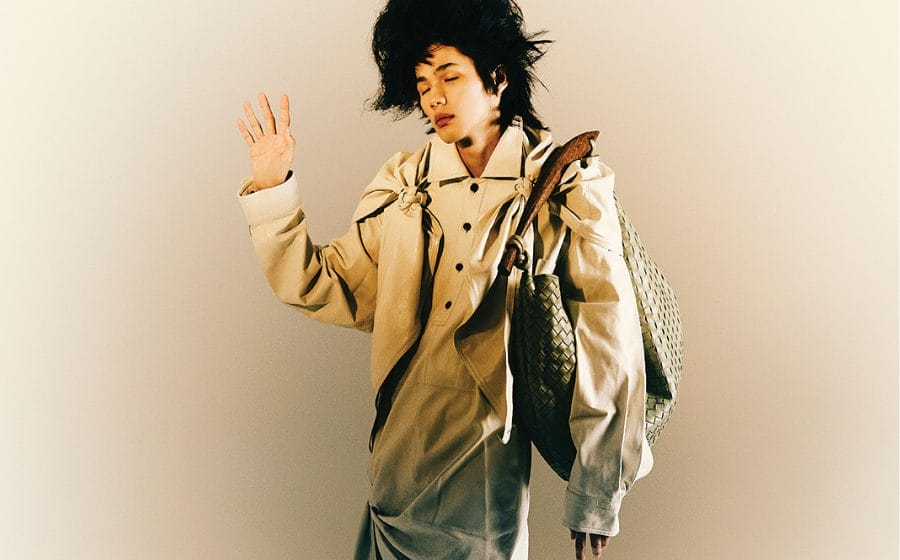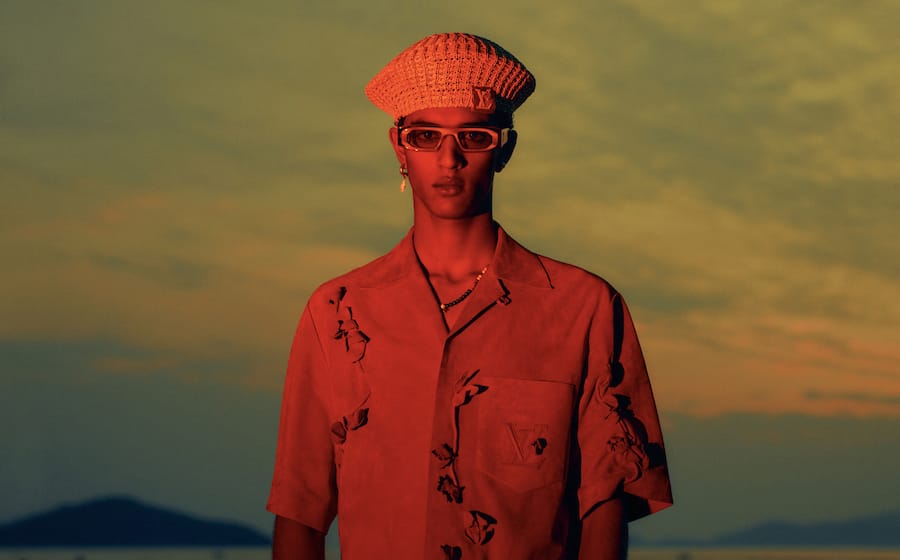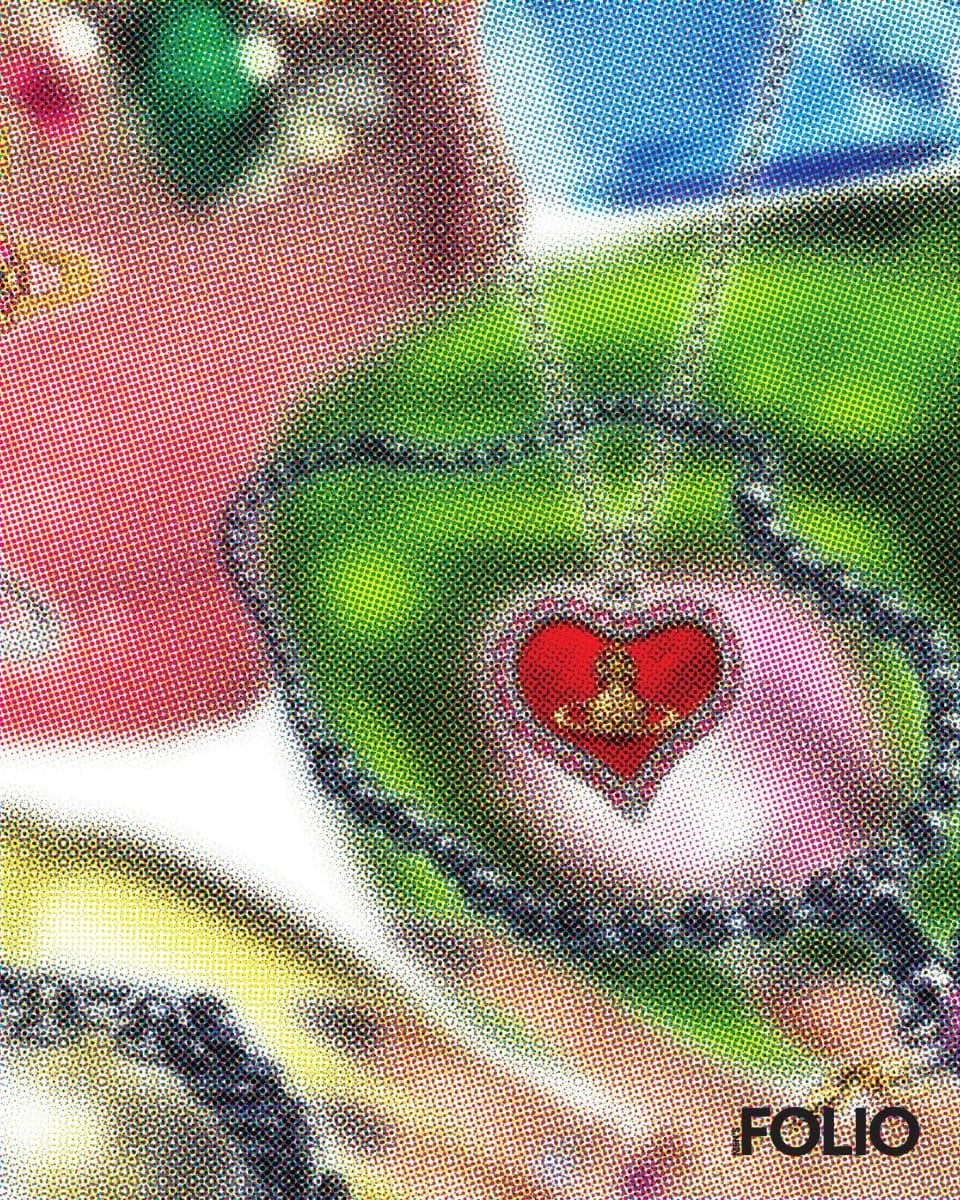 No longer are coloured gems reserved for women – its notion of the feminine has paved for a renaissance in men’s adornments, perhaps thanks to the youth’s growing distaste for the colourless.
No longer are coloured gems reserved for women – its notion of the feminine has paved for a renaissance in men’s adornments, perhaps thanks to the youth’s growing distaste for the colourless.
When a male celebrity famed for “see(ing) both sides like Chanel” creates his jewellery brand, boasting brightly coloured accessories, genderless lab-grown diamonds, and a campaign primarily featuring male models, one would know that the men’s jewellery market has seen a big cultural shift, in which guys are pretty like girls.
 Image via Homer
Image via Homer
Like most of menswear, men’s jewellery has historically and unsurprisingly been ‘masculine’. Colour is practically devoid while design is simple and unadorned. Materials are restricted to the tried and tested classics — gold and silver; Finishings are inoffensive — blackened silver, brushed steel, reworked machine parts. In fact, men’s jewellery has, for a long time, been gemless, because jewels have been reserved for women for its notion of the feminine. How then has the coloured gem become the choice accessory for a Gen Z man steeped enough in TikTok and Pinterest fashion? How has a string of pearls and a multi-coloured gem choker become the defacto “f-boy” necklace? While costume jewellery, from the likes of Vivienne Westwood, found an unprecedented resurgence?
The trend certainly begets many questions. Has the modern version of the urban metrosexual man adopted polychromatic jewellery as their new pointer to cultural prowess? Or has the youth’s growing distaste for the colourless, for the overwhelming palettes of millennial grey and eggshell white seeped their way into our choice for accessories? Perhaps, its motivation is more pragmatic, an economical and accessible maxim for flair and eccentricity that is low-cost as compared to traditional luxury jewellery brands. Or for the chronically online, simply an appeal to the dating pool, to the “female gaze”, to serve as an antithesis to the trope of the “manly man” and to break down ideas of the hyper-masculine. The reasons need not be mutually exclusive; in fact, it is likely a mixture of all.
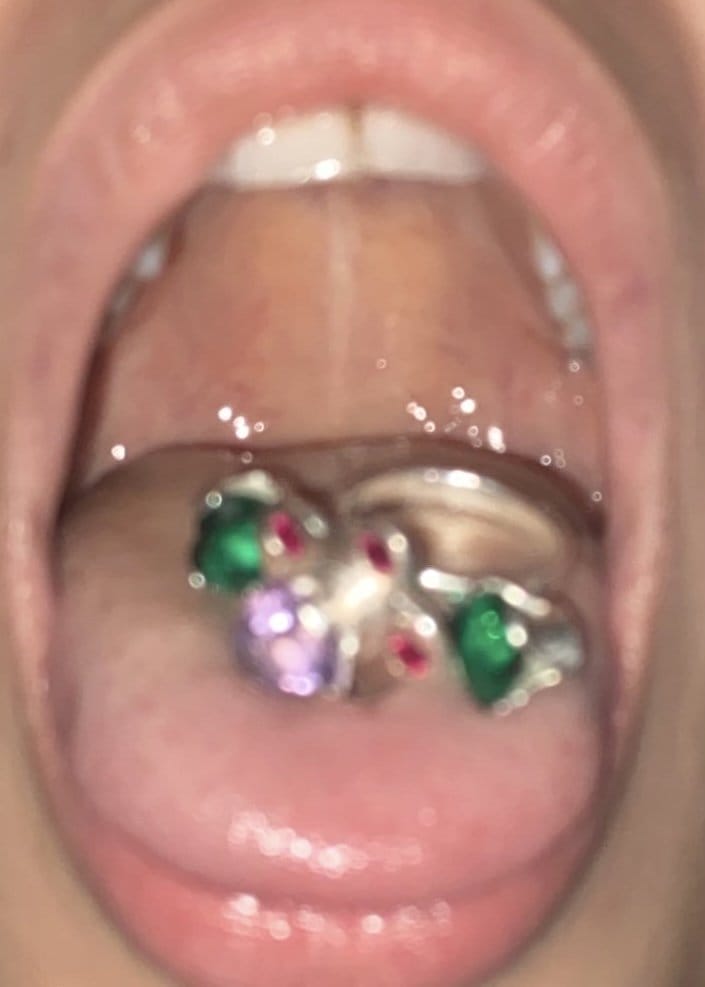 Our history with the gemstone is unsurprisingly long and rich, having origins in ancient civilisations based in Egypt (the Pharaohs), China (the emperors), and India (the Maharajahs) commonly tied together by an appreciation of the naturally-occurring pigmented stones found buried beneath their feet. How did these stones come to be signifiers of wealth, royalty, and the luxuriant? The toil it necessitates, of course. Reaching below us, into a realm beyond our direct access, is an unnatural process. The tenacity, sense of discovery and exploration that it requires is a marvel of the human mind, of our desire to conquer the unknown. Stumbling upon something so unique, so unexpected in a place so unfamiliar, and knowing that there could be more of it just waiting to be found can be addictive. Though, to produce a single jewel involves a multi-step process involving locating, mining, extracting and refining these stones into prized jewellery. Taking something encased in mud and dirt and turning it into something lustrous is truly a feat. A feat that only the richest, most powerful and influential could access. And what the royals have, the commoners aim to have as well. No matter how many generations it takes to achieve it.
Our history with the gemstone is unsurprisingly long and rich, having origins in ancient civilisations based in Egypt (the Pharaohs), China (the emperors), and India (the Maharajahs) commonly tied together by an appreciation of the naturally-occurring pigmented stones found buried beneath their feet. How did these stones come to be signifiers of wealth, royalty, and the luxuriant? The toil it necessitates, of course. Reaching below us, into a realm beyond our direct access, is an unnatural process. The tenacity, sense of discovery and exploration that it requires is a marvel of the human mind, of our desire to conquer the unknown. Stumbling upon something so unique, so unexpected in a place so unfamiliar, and knowing that there could be more of it just waiting to be found can be addictive. Though, to produce a single jewel involves a multi-step process involving locating, mining, extracting and refining these stones into prized jewellery. Taking something encased in mud and dirt and turning it into something lustrous is truly a feat. A feat that only the richest, most powerful and influential could access. And what the royals have, the commoners aim to have as well. No matter how many generations it takes to achieve it.
It is clear that while all gemstones are created equal, they are made unequal by a convention of our own design. Consider the “Big Three” of the jewellery world — diamond, silver, and gold, and it is clear to see that society has come to value some rocks and stones more than others. Where the big three are associated with a sense of timelessness and class, coloured gemstones on the other hand have not had such an uncontested reign. The loudness of colour, its refusal to be easy on the eyes, has often afforded it a reputation of ostentatiousness, of being showy, or gaudy. Especially when ideas of classiness became associated with the predominant Western monochromatic colour palette of the 19th century. Of course, times change, and a growing desire to be different, to stand out, to challenge norms, to question and to say — the monochrome is stifling and boring, has shifted tides. And with that, a re-emergence is born, a desire for the full range of the colour wheel. The Black Tie Formal has evolved beyond its name; suits now see hues of blue, reds and more. The allowance is wider for women, with the structure and length of attire being of higher importance than the colour.
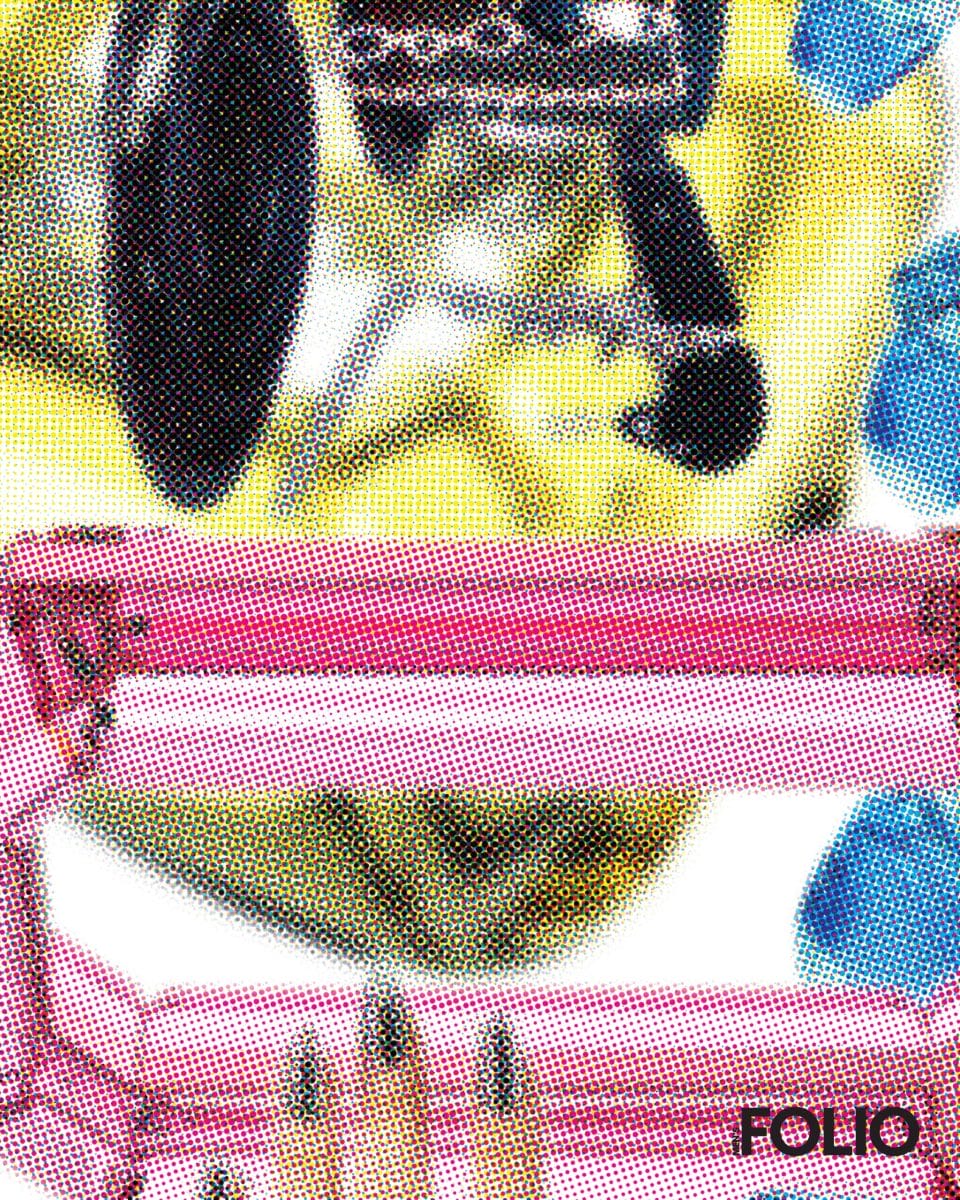 Of course, to consider coloured gems would entail considering colour. There has been much discourse about colour, specifically the lack thereof in our lives. The heated TikTok debate on ‘Millennial Gray’, how it has infiltrated so much of our interior decor, its soulless, drab, and brutalistic presence point to our growing distaste for neutrals for the simplicity and monotony it represents. That it is simply not fun. Colour brings, well, colour to our lives. And if the youth crave anything — it is escapism, vibrancy, a distraction, to express individuality and a way to spice up their colour palettes. It seems only fitting then that in our growing desire for colour, in our attire, homes, cars and every other material possession that this would extend to the realm of gems, jewels and accessories.
Of course, to consider coloured gems would entail considering colour. There has been much discourse about colour, specifically the lack thereof in our lives. The heated TikTok debate on ‘Millennial Gray’, how it has infiltrated so much of our interior decor, its soulless, drab, and brutalistic presence point to our growing distaste for neutrals for the simplicity and monotony it represents. That it is simply not fun. Colour brings, well, colour to our lives. And if the youth crave anything — it is escapism, vibrancy, a distraction, to express individuality and a way to spice up their colour palettes. It seems only fitting then that in our growing desire for colour, in our attire, homes, cars and every other material possession that this would extend to the realm of gems, jewels and accessories.
Colour used to be something only the wealthy could afford — dyes, paints and pigments were not something easily available to Average Joe, not unless they had the money to afford it. Now colour is as common as. The world of jewellery is no exception. Frank Ocean’s Homer is just one brand seeking to colourise the accessory world, but most, if not all, the luxury accessory brands have capitalised on this newfound interest in coloured gemstones for men’s jewellery. Cartier’s Panthere de Cartier ring, Hatton Labs’ Rainbow crystal band ring, and Raf Simons’ skeleton bracelet are just some of the additions from big names in the business. And if luxury brands are doing it, their more affordable costume jewellery counterparts will follow suit. Pandora’s zirconia rings and Ernest W.Baker’s gold oval stone necklace fall under the $50 to $200 category, but the fast fashion dupes on AliExpress, SHEIN and Etsy are bountiful, cheap and accessible.
Is the issue simply a matter of cost? Are coloured gems just a bargained choice, a rebellion against the opulence of the classics? Quite far off, actually. In fact, coloured gemstones, and diamonds specifically, have become some of the hottest investments in the jewellery world. A facet of their rarity and the expression of individuality it affords; coloured gemstones with a lesser carat can be sold at 200 to even 400 times the price of a colourless stone. Of course, in the costume jewellery world, this extravagant price is not replicated. Affordability is undeniably a consideration for Gen Z males, given our sparse disposable income and the state of the economy — inflation, rising rental costs, the housing crisis, costs of commodities and just about every other financial strain out there. But, in the question of coloured gems, it does not seem to have much weight.
 Image via La Manso
Image via La Manso
The coloured gemstone question has less to do with how, but more so why? And why now? Twenty years ago, the average heterosexual man would not be caught dead wearing a gemstone and yet this year more so than ever, the coloured gem has become a symbol of the metropolitan man. Where the traditional diamond would be considered an emblem of class and luxury, the coloured gem is less concerned with appearing affluent but with appearing à la mode, of getting “it”. “It” being cultural prowess. What would cultural prowess entail? Perhaps, a grasp of the now, of what has captured the heartbeat of society, what the zeitgeist has in store. It is no surprising notion that our clothes, the way we style our hair, our accessories are all pointers to more than just our sense of style. They can denote political affiliation, liberalism or conservatism, gender and sexual affiliations, social and financial status, personality and more. In this way, a man’s choice of accessories can tell us much about a man, and what the man intends to tell. An adoption of coloured gems signifies a youthfulness, an ability to get the vibes, of what’s in and what’s not, to be a cool guy, pushing gender norms, challenging orthodox styles, to be a green flag among the reds.
Sex sells. And an item that can serve as a pointer to cultural prowess, to a man’s ‘wokeness’, to their political affiliations, and societal outlook, is especially important when so much of that has become relevant to our dating, hookup, and relationship cultures. Darwinists might argue that flashy and colourful jewellery could function for sexual selection, with the impetus falling upon the man to attract a potential partner. In the same way, a peacock with their coloured feather train would allure a peahen; a man and his coloured jewels could bling, flash and distract their way for attention. It is, of course, never that simple. Albeit, culturally speaking, the idea of the manly men and hyper-masculinity has become outdated. Solidified in the year of films like Barbie and her Ken and Saltburn. Strengthened by celebrities like Jacob Elordi and Timothée Chalamet — softer men who can tap into their softer sides, to embrace feminine notions in their style, to present as a contemporary version of the straight man. Coloured jewels are one way to indicate these notions — it says that they are confident, that they are unafraid of coming off queer, that they are an ally and that through this they are the female gaze, not like other men, different from their fathers and the men that came before them. Who could resist that?
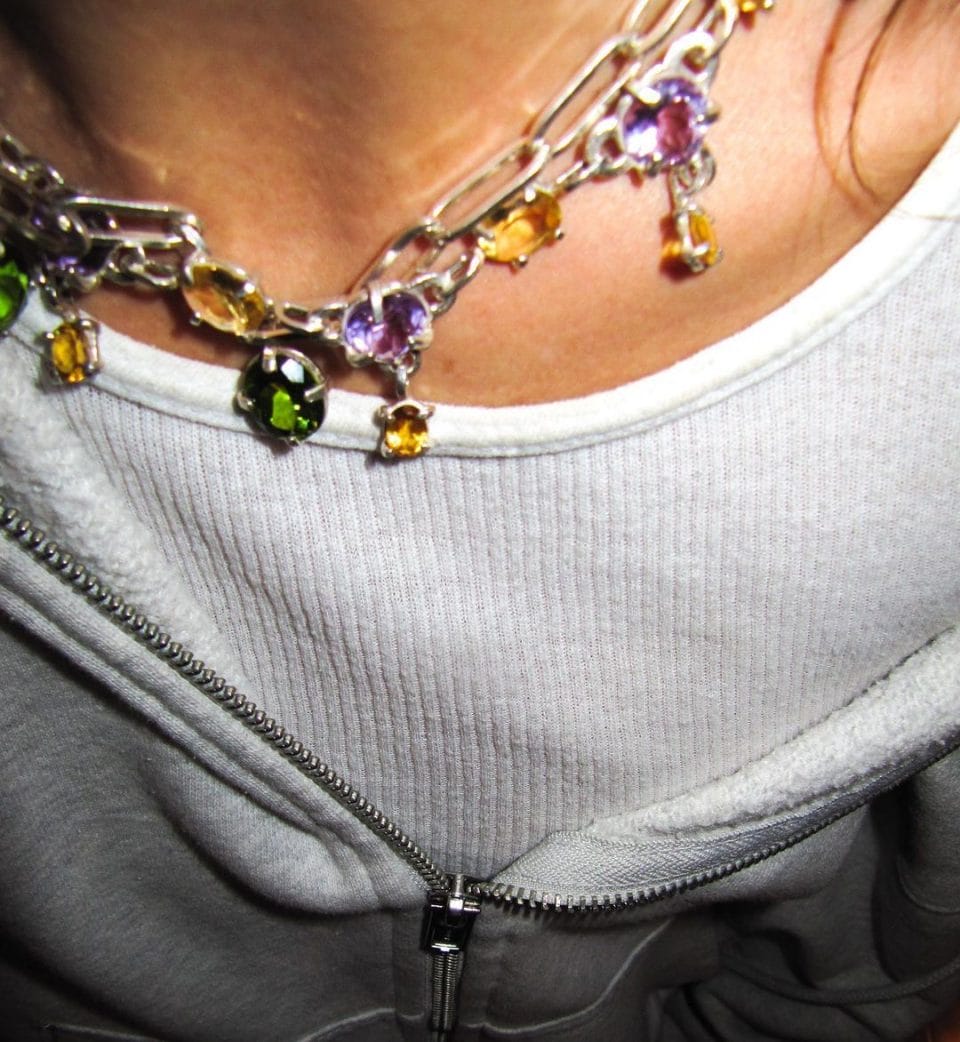 Image via Shana Cave
Image via Shana Cave
Once you’re done with this story, click here to catch up with our February 2024 issue.

